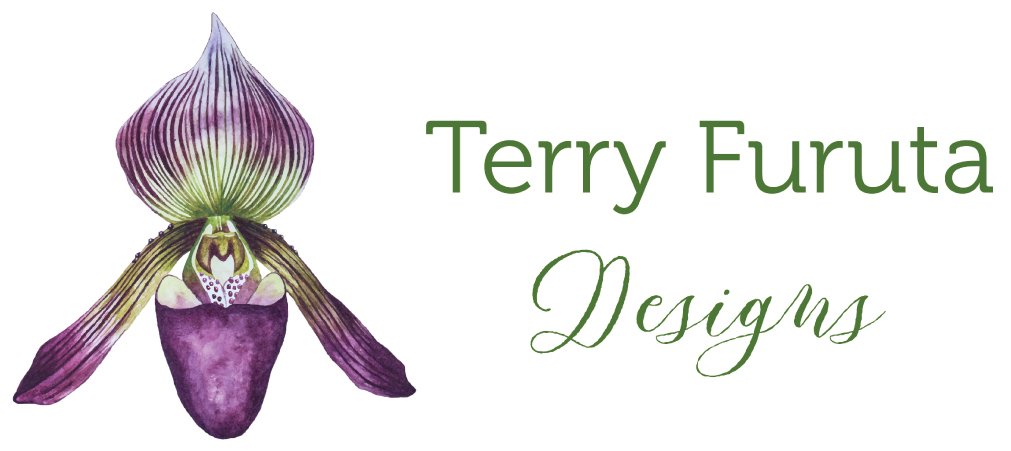Dendrobium Care
DENDROBIUM NOBILE AND RELATED species are native to Burma, India, Thailand and Indochina. Here they grow on trees, from the lowlands up to the cool highlands of the Himalayas at elevations of 4,000 feet. The species and their hybrids are extremely hardy, surviving temperatures ranging from warm to hot as well as enduring freezing conditions in some locales. If kept dry, these species and hybrids will survive winter temperatures of 37 to 39 F and flower around April.
Temperature and Humidity
For differentiation of flower buds, it is important to expose plants to low temperatures. The pseudobulbs, which grow from spring through summer and mature in the autumn, require approximately one month of low night temperature. Therefore, in the autumn when it becomes cool, do not rush to bring plants into the greenhouse, unless a freeze is forecast. Leave them outside to cool, and they will bloom better.
When in full bloom, flowers will last longer if the plant is placed in a cool, dry spot away from any draft and out of direct sunlight. A night temperature of 40 to 50 F is ideal. Water the plant enough to moisten the surface of the medium once every five to seven days during the warmest part of the day. The medium should be dry before evening.
Light
Small plants require no shade during the winter. However, 30 to 40 percent shade is needed from late spring through autumn for healthy growth. Medium or flowering-size plants do not need shade any time (unless the leaves begin to burn). Full sun promotes vigorous growth.
Where summer breezes are minimal, provide 30 to 40-percent shade during those months. If ventilation is inadequate in the green house during the flowering season, buds will be damaged, and flowering will be poor. Therefore, 30 to 40-percent shade is recommended from the time flower buds appear until the end of the flowering season.
Watering
When temperatures begin to rise in the spring, gradually start watering. In the summer, when temperatures are high and sunlight is strong, water almost every day to keep the plant from dehydrating. In late September, when temperatures begin to fall, gradually reduce watering. When the night temperature falls below 50 F, water only enough to keep the canes from shriveling: once a week should be adequate. When night temperatures fall below 40 F, keep the plants dry. In a greenhouse in which night temperatures are kept above 60 F, water lightly when the plants are dry. It is important that the medium surface is dry by evening.
Fertilizing
A low-nitrogen fertilizer is ideal for flowering specimens. Discontinue fertilizing after early August to guarantee many flowers. For small plants grown without supplemental heat, and where night temperatures fall below 45 F in winter, apply fertilizer high in nitrogen when night temperatures rise to about 50 F (March to April). If night temperatures in winter are above 50F, fertilize in January. The easiest way to fertilize small plants is with timed-release fertilizers that are effective for more than six months. Do not use timed-release fertilizers on flowering-size plants; they may cause over-fertilization.





